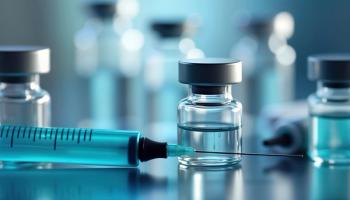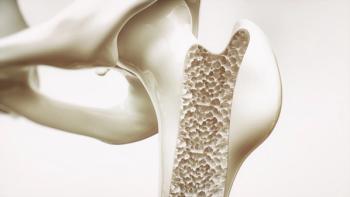
The Impact of Orphan Drug Biosimilars on Costs
A new report from IQVIA reveals interesting findings on orphan drug spending and the impact of orphan drug biosimilars on patient costs.
There is increasing attention to orphan drugs, often as a pressure on healthcare budgets.
However, a new
The orphan uses of drugs account for 9.6% of overall U.S. drug spending in 2017, compared to 24.9% that the drugs in question represent, because 15.3% of the 24.9% are the non-orphan uses.
“As a guide, 9% of Avastin’s usage is orphan while 91% is not,” says Michael Kleinrock, senior director of Research for the IQVIA Institute.
In the past few years, a significant proportion of drug approvals were orphan drugs at launch, and increasing attention was being paid to them by many observers of the market. In 2017 half of the 42 new active-substance launches had orphan indications.
“We found the rhetoric about pricing in general but for these drugs in particular to be of significant research interest, but we also found the characterizations of these drugs to be out of character with what we’d found in our own research,” says Michael Kleinrock, senior director of Research for the IQVIA Institute.
Other findings
Other report findings include:
- The orphan drug act of 1983 has resulted in 503 drugs receiving an orphan designation or multiple designations to the end of August 2018.
- Orphan designation provides incentives to developers to research drugs that might otherwise not generate a return on investment
- There is an overlap of specialty drugs with orphan drugs, but they are not synonymous terms
- Orphan drugs can be expensive, but high cost generally means low volume and most orphan drugs are covered by insurance
- Out-of-pocket costs in general in the U.S. are rarely high, but it is believed that orphan drugs can have higher-cost exposure. “That is due to some orphan drugs having high costs, and some patients having high-cost sharing in their insurance,” Kleinrock says. “The report doesn’t, however, provide a specific intersection of out-of-pocket cost and orphan drugs, but rather refers to broader cost exposure analysis on the wider market.”
Related:
According to the report, the 10 orphan drugs used by the greatest number of patients cost, on average, $9,676 per year, with a median cost of $1,216. The median annual cost of all orphan drugs in 2017 was more than $46,800, with a mean average of $87,319. In total, 1.8% of spending on orphan drugs is on therapies that cost in excess of $500,000 per patient per year, including drugs like the biologic eculizumab (Soliris), a C5 complement inhibitor, which are taken by relatively few patients.
“The characterization of orphan drugs as getting an orphan price and therefore affecting spend in the non-orphan uses is shown to be a fallacy as the sequence of orphan-first followed by wider market approvals happens very rarely, rather than it being the norm,” says Kleinrock.
Could biosimilars help?
“If a biosimilar is approved and available for the indication the patient is suffering from, then lower overall drug cost could translate into lower out of pocket for that patient,” says Kleinrock. “To date there have been very few biosimilars approved and they are not yet having a significant effect on the costs for rare-disease patients.”
Alexion’s Soliris could be up against some biosimilar competition in the future. Samsung Bioepis has started research on a more-affordable Soliris biosimilar to treat paroxysmal nocturnal hemoglobinuria (PNH), under the name SB12. Similarly, Amgen is currently conducting a large phase 3 trial comparing safety and efficacy of its ABP 959 with those of eculizumab. Another biosimilar in the works is BOW080.
Meanwhile, Alexion is trying to get out in front of this competition by seeking another indication for Soliris to treat neuromyelitis optica spectrum disorder (NMOSD), a rare, devastating, complement-mediated disorder of the central nervous system characterized by relapses. If approved, it would be Soliris’ fourth indication.
“The vast majority of rare-disease drugs have patient cost savings programs offered by manufacturers or charitable foundations,” says Kleinrock. “Due to the nature of these programs it is sometimes difficult to understand what the patient cost burden truly is. Clearly a patient with a Medicare part B 20% coinsurance, or a patient with a high-deductible plan, or no insurance at all, might find the costs unaffordable but also might not qualify for assistance due to their income. Those are some of the more challenging aspects of cost sharing in the U.S. market generally, and they are not unique to rare-disease patients.”
There are 7,000 rare diseases and drugs currently marketed for only 400-plus of them, which makes the significant rise in FDA orphan designations (pre-market) and orphan approvals very important for patients, according to Kleinrock.
Newsletter
Get the latest industry news, event updates, and more from Managed healthcare Executive.


















































